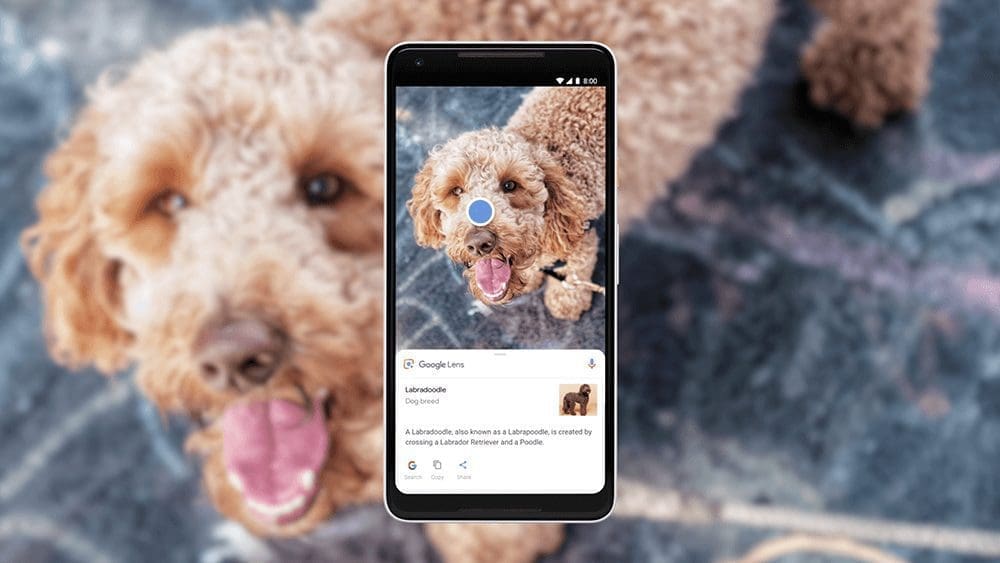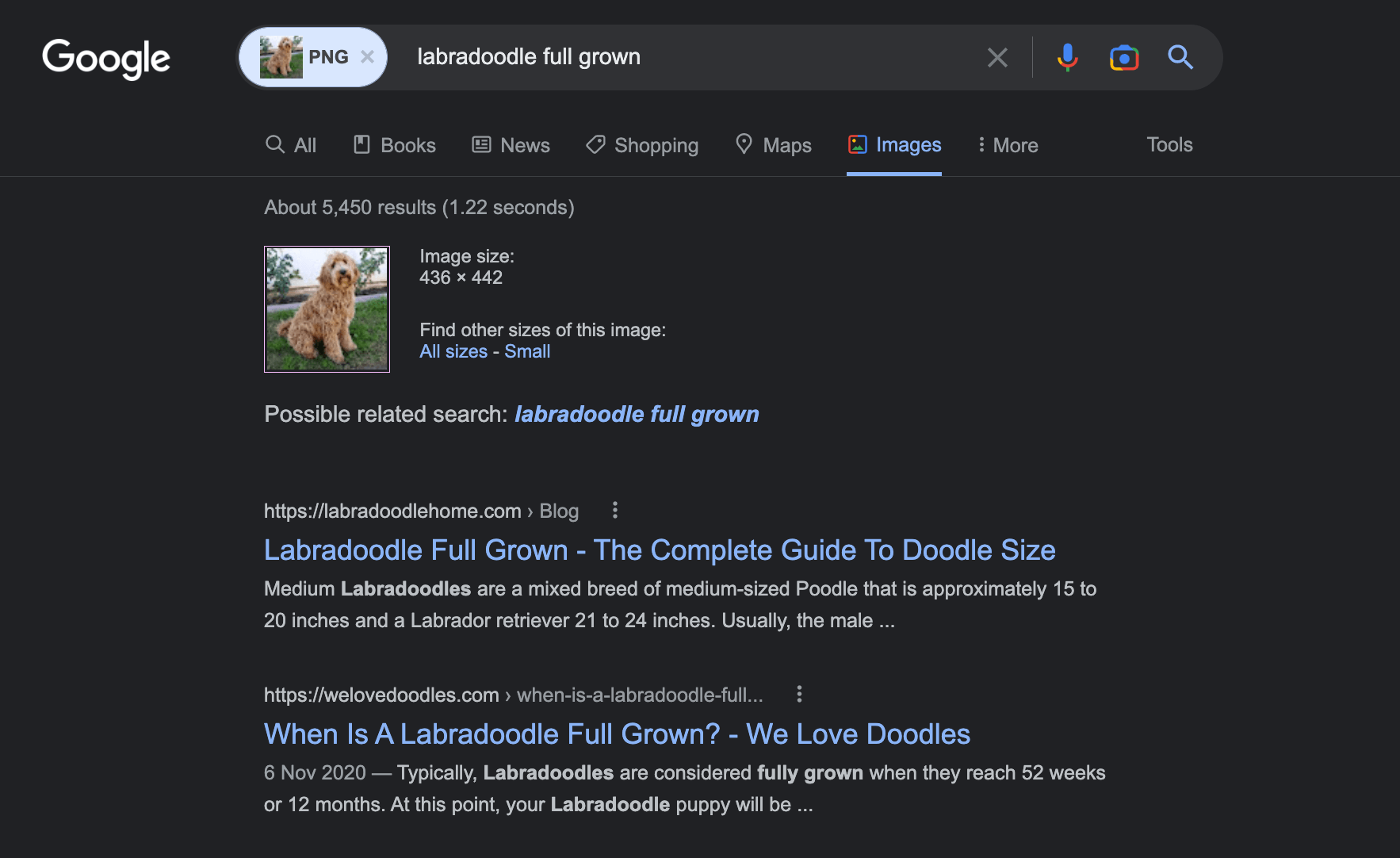In today’s consumer-centric world, search engines are concerned with one thing: satisfying user search queries as quickly, accurately and effortlessly as possible. Part of this entails evolving to suit consumer demands *cue visual search*.
Back in the day, if you wanted to find an answer online, you’d turn to the likes of Ask Jeeves and hope to find something that would point you in the right direction. But as the years have progressed, search engines have evolved. Whilst many still choose text-based search queries, other forms of search are becoming increasingly popular. How many times a day do you shout “Hey, Google” or “Alexa” to help you answer a question? That’s also known as voice search. And how thankful are you for the ability to simply snap a picture or upload an image and let technology do the rest? We’ve got visual search to thank for that.
What is visual search?
So we’ve given you a brief introduction to the wonder that is visual search above, but before we jump into the how and why of it, let’s dive a little bit deeper and explore exactly what it is.
Visual search involves the use of artificial intelligence (AI) technology to allow users to search using imagery as opposed to text. Gone are the days of having to type 12 keywords into Google images in the hopes of finding something that remotely resembles what you’re looking for. Now, you can simply present an image and let the search engines handle the rest. Visual search enables users to understand the world around them by using AI to interpret the real world in real-time.
Types of visual search
Visual search removes the need for text-based queries by allowing users to search using images. There are several types of this form of search, and although you may not be aware, you have likely already used them all. They are:
- Reverse image search – allows you to search using an image as the query
- Related search – suggests similar visual content to users based on image content
- Filtered search & deep image search – similar to related search, suggests filters (for example, colour) to allow users to narrow their search
- Augmented reality search – think of Google Lens and the like

How can your business optimise for visual search?
With an estimated 8 billion monthly visual searches using Google Lens alone, it’s clear this new way to search is more than just a passing fad. So what can your brand do to optimise for it?
Whilst many businesses fall into the trap of thinking visual search optimisation is the same as image search optimisation, this is not the case. Image search optimisation involves the use of alt text, alt tags, schema markup and similar to help search engines understand image content and prioritise relevant ones based on users’ text-based queries. Visual search optimisation goes far beyond this.
Whilst standard image optimisation cues are a ranking factor considered by search engines when it comes to visual search, there are several other elements involved, including:
- Consistency: when conducting visual searches, Google pulls data from various sources across the web, including knowledge panels, website structured data, Google Business Profile, Google Merchant and Google maps, so ensuring information aligns is vital.
- Options: if your business sells a product, your site should offer various images for each with varying angles, lighting and backgrounds. The more images and variations you have, the more likely it will appear as a match.
- Keywords: whilst there are other ranking factors involved when it comes to visual search, traditional image optimisation is still important. Make use of appropriate keywords within image alt text, titles and descriptions.
- Size: ensure your images are high resolution so search engines and people are able to interpret the content easily but don’t compromise on file size – if your image is too large it will take forever to load. And both Google and humans really value speed.
Why is it important?
It’s no secret that consumer wants and demands are continuously evolving – and this means if your business wants to survive, you need to adapt to meet their needs. This is why visual search is becoming so important for brands. A recent study found that over 60% of Gen Z and Millennial consumers prefer visual over any other form of search. And you can’t ignore the numbers!
To cut to the point, the 3 key reasons your brand needs to optimise for visual search are:
- Meet consumer expectations: Millennials and Gen Z are quickly taking over the market, so you need to adapt to meet their preferences or risk losing out to your competitors.
- Increase profits: research by Gartner suggests that optimise for visual and voice search can expect to see up to a 30% increase in revenue.
- More exposure equals more opportunities: whether you’re looking to bring in new customers via the search engines or cross-sell to existing customers with the help of related suggestions, visual search will bring your business more opportunities to expose your products and drive sales.

As technology continues to evolve, brands need to be prepared to adopt new trends early to avoid being left behind. Visual search is on the rise and showing no signs of slowing down, so now is the time to start optimising for it. If your business is looking for support with search engine optimisation, get in touch to organise a free consultation with one of our marketing experts. In the meantime, head to our case studies page to see how we’ve helped brands to achieve big with SEO.




